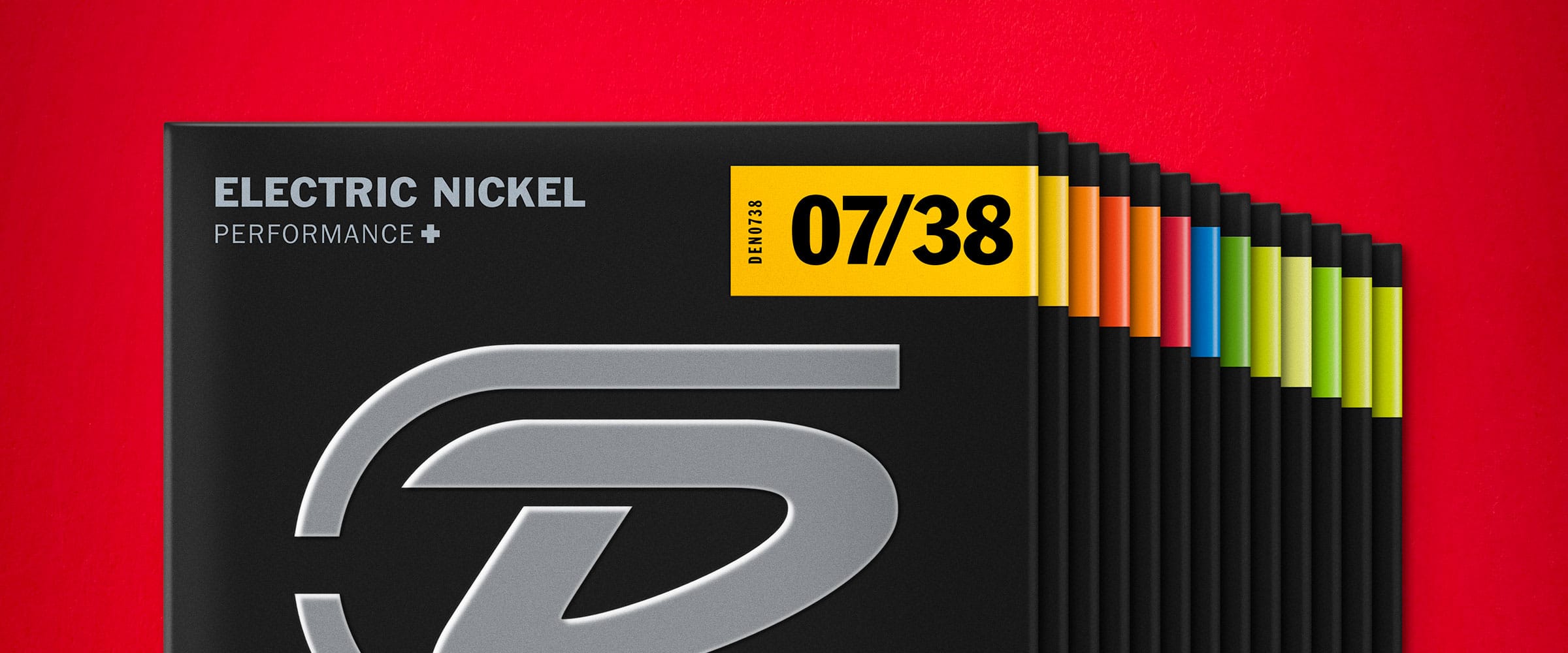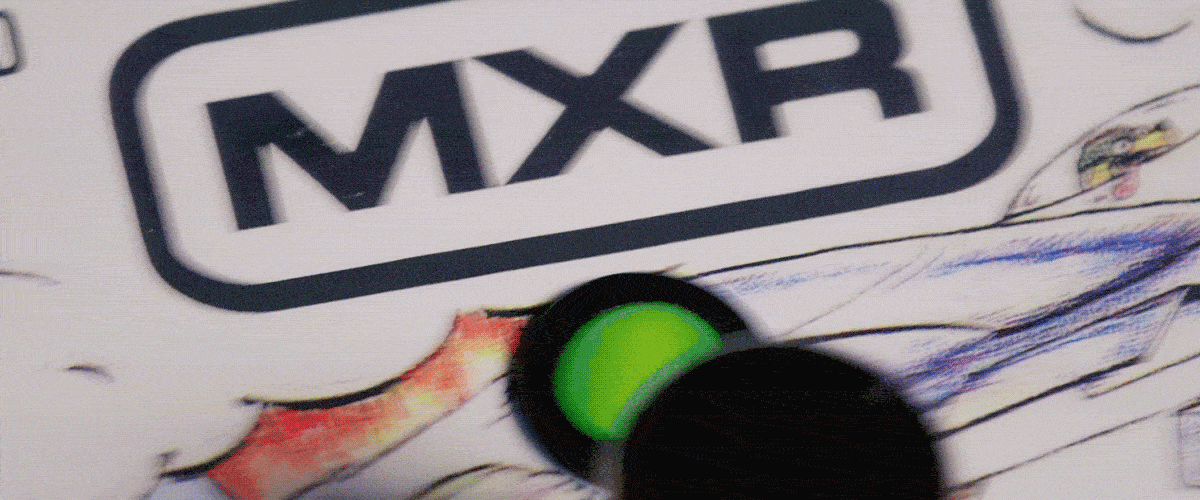This is the second time that you have built a pedal based on the sound of an amplifier. How difficult of a process is that compared to the average overdrive or distortion pedal?
Bob: Both design projects have their particular challenges. With an amp-based pedal, you have the advantage of knowing what the end result is supposed to sound like. The hard work is in achieving it—you either nail the sound, or you don’t.
In other cases, the way an overdrive or distortion circuit should sound is very subjective by nature. Pleasing everyone is impossible, and if you think that tone-chasing is time-consuming for the average guitar player, just imagine what that’s like for a guitar player who’s also an engineer!
How does this pedal work?
Bryan: Think of it like having the two separate amplifiers—Pete and Meat—like Billie Joe does when recording or when he’s on tour. On the front of the pedal, you can adjust the intensity of the Meat signal, which we call the High Gain signal, and you can also set the ratio of the two signals, adjust the overall output signal and tone, and use the Scoop switch to cut the midrange out for thicker, heavier tones. On the inside of the pedal, you can adjust the intensity and output level of the Pete signal, which we call the Crunch Gain signal.
It’s an incredibly versatile pedal with plenty of tone-chasing options for adding richness, depth, and clarity, but you don’t have to spend a ton of time tweaking to get an amazing sound. This thing will make a little amp scream and sound huge.
My modded Marshall Super Leads have been my live tone since 1994,” Billie Joe says. “The MXR Dookie Drive clones that sound in one pedal.
But the Dookie Drive Pedal isn’t just for Green Day fans—this totally unique pedal provides a full harmonic range of overdriven tones for a playing experience that is full of depth and dimension.



























